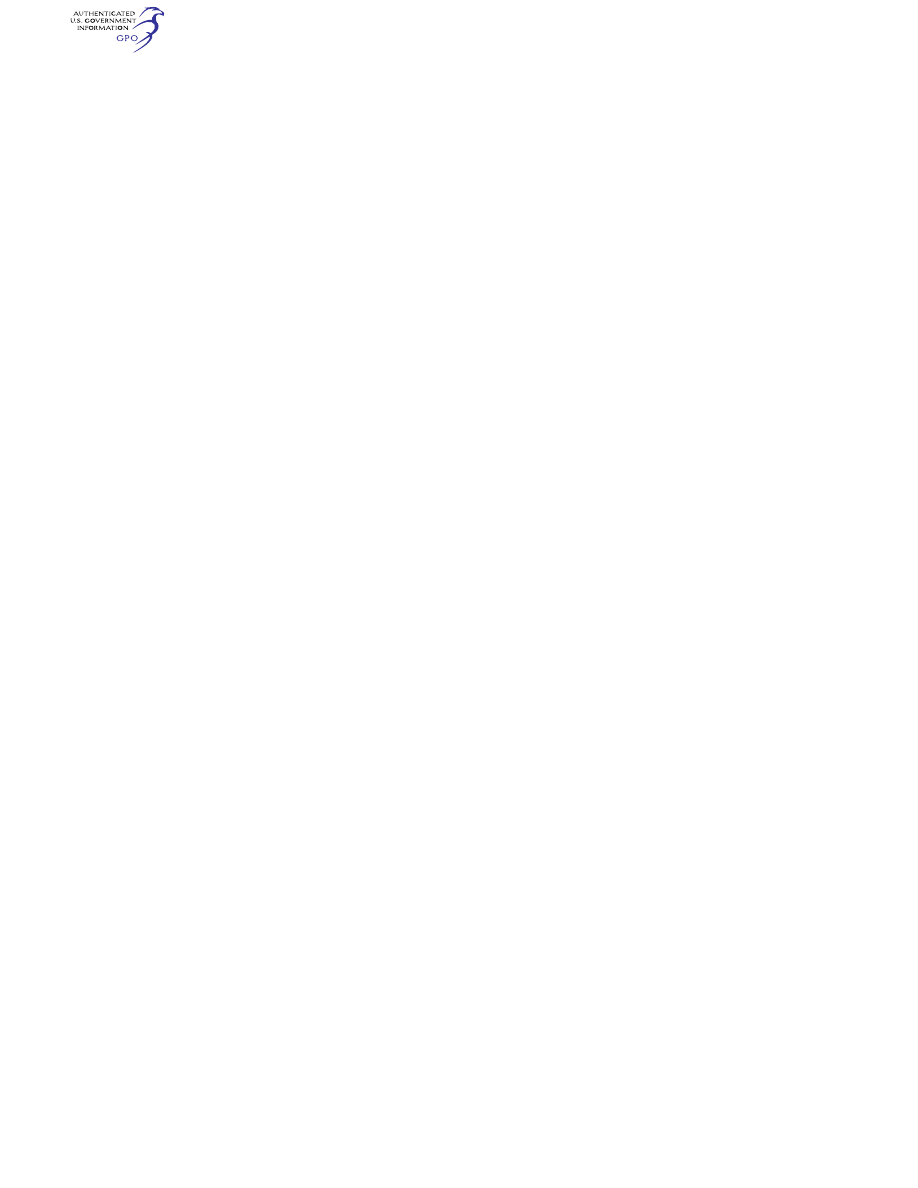
531
Federal Aviation Administration, DOT
§ 27.939
remaining engine(s) is run for a 1-hour
period.
(Secs. 313(a), 601, and 603, 72 Stat. 752, 775, 49
U.S.C. 1354(a), 1421, and 1423; sec. 6(c), 49
U.S.C. 1655(c))
[Doc. No. 5074, 29 FR 15695, Nov. 24, 1964, as
amended by Amdt. 27–2, 33 FR 963, Jan. 26,
1968; Amdt. 27–12, 42 FR 15044, Mar. 17, 1977;
Amdt. 27–23, 53 FR 34212, Sept. 2, 1988; Amdt.
27–29, 59 FR 47767, Sept. 16, 1994]
§ 27.927
Additional tests.
(a) Any additional dynamic, endur-
ance, and operational tests, and vibra-
tory investigations necessary to deter-
mine that the rotor drive mechanism is
safe, must be performed.
(b) If turbine engine torque output to
the transmission can exceed the high-
est engine or transmission torque rat-
ing limit, and that output is not di-
rectly controlled by the pilot under
normal operating conditions (such as
where the primary engine power con-
trol is accomplished through the flight
control), the following test must be
made:
(1) Under conditions associated with
all engines operating, make 200 appli-
cations, for 10 seconds each, or torque
that is at least equal to the lesser of—
(i) The maximum torque used in
meeting § 27.923 plus 10 percent; or
(ii) The maximum attainable torque
output of the engines, assuming that
torque limiting devices, if any, func-
tion properly.
(2) For multiengine rotorcraft under
conditions associated with each engine,
in turn, becoming inoperative, apply to
the remaining transmission torque in-
puts the maximum torque attainable
under probable operating conditions,
assuming that torque limiting devices,
if any, function properly. Each trans-
mission input must be tested at this
maximum torque for at least 15 min-
utes.
(3) The tests prescribed in this para-
graph must be conducted on the rotor-
craft at the maximum rotational speed
intended for the power condition of the
test and the torque must be absorbed
by the rotors to be installed, except
that other ground or flight test facili-
ties with other appropriate methods of
torque absorption may be used if the
conditions of support and vibration
closely simulate the conditions that
would exist during a test on the rotor-
craft.
(c) It must be shown by tests that the
rotor drive system is capable of oper-
ating under autorotative conditions for
15 minutes after the loss of pressure in
the rotor drive primary oil system.
(Secs. 313(a), 601, and 603, 72 Stat. 752, 775, 49
U.S.C. 1354(a), 1421, and 1423; sec. 6(c), 49
U.S.C. 1655(c))
[Amdt. 27–2, 33 FR 963, Jan. 26, 1968, as
amended by Amdt. 27–12, 42 FR 15045, Mar. 17,
1977; Amdt. 27–23, 53 FR 34212, Sept. 2, 1988]
§ 27.931
Shafting critical speed.
(a) The critical speeds of any shafting
must be determined by demonstration
except that analytical methods may be
used if reliable methods of analysis are
available for the particular design.
(b) If any critical speed lies within,
or close to, the operating ranges for
idling, power on, and autorotative con-
ditions, the stresses occurring at that
speed must be within safe limits. This
must be shown by tests.
(c) If analytical methods are used and
show that no critical speed lies within
the permissible operating ranges, the
margins between the calculated crit-
ical speeds and the limits of the allow-
able operating ranges must be adequate
to allow for possible variations be-
tween the computed and actual values.
§ 27.935
Shafting joints.
Each universal joint, slip joint, and
other shafting joints whose lubrication
is necessary for operation must have
provision for lubrication.
§ 27.939
Turbine engine operating
characteristics.
(a) Turbine engine operating charac-
teristics must be investigated in flight
to determine that no adverse charac-
teristics (such as stall, surge, or flame-
out) are present, to a hazardous degree,
during normal and emergency oper-
ation within the range of operating
limitations of the rotorcraft and of the
engine.
(b) The turbine engine air inlet sys-
tem may not, as a result of airflow dis-
tortion during normal operation, cause
vibration harmful to the engine.
(c) For governor-controlled engines,
it must be shown that there exists no
hazardous torsional instability of the
VerDate Sep<11>2014
09:06 Jun 28, 2024
Jkt 262046
PO 00000
Frm 00541
Fmt 8010
Sfmt 8010
Y:\SGML\262046.XXX
262046
jspears on DSK121TN23PROD with CFR